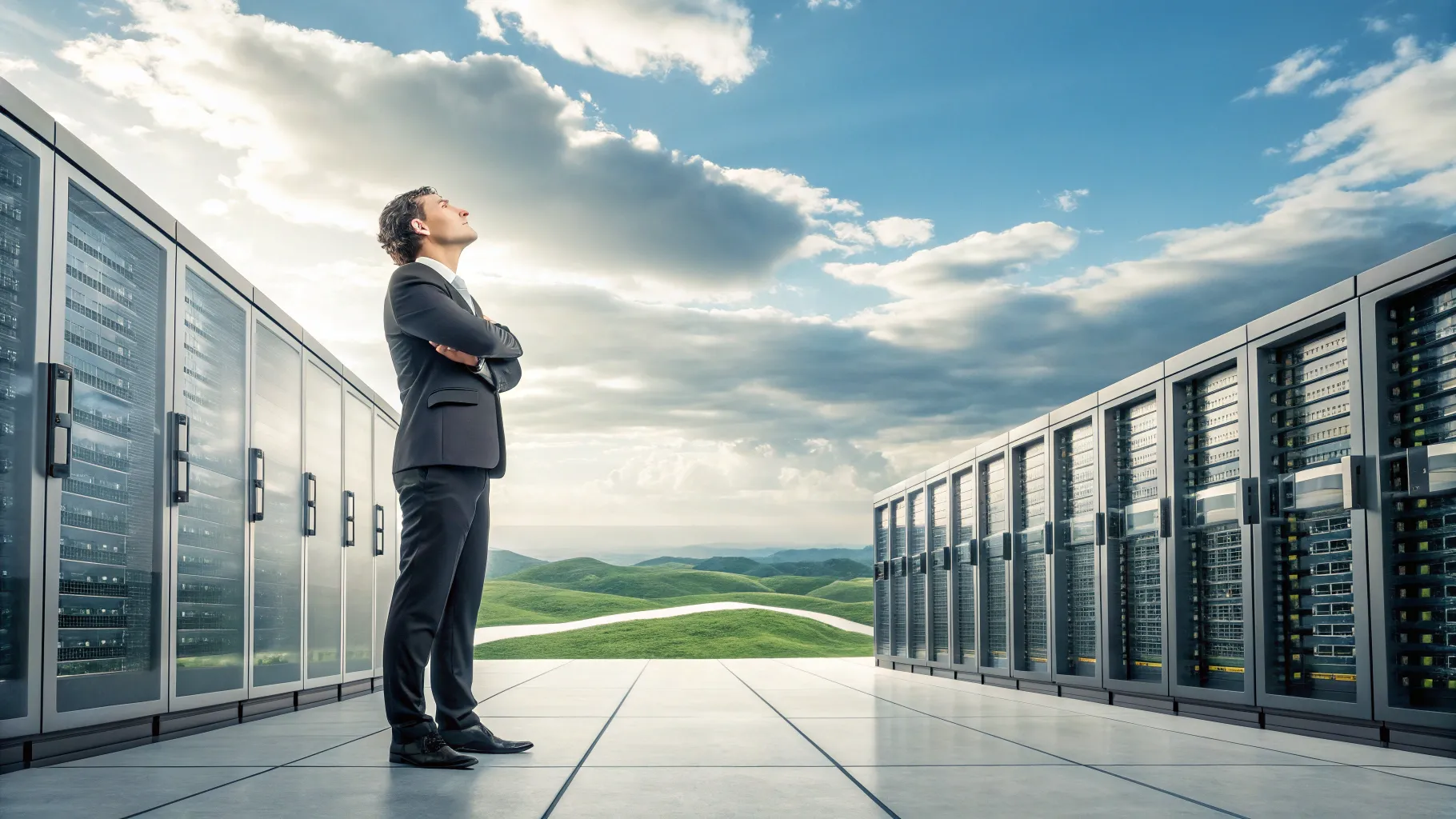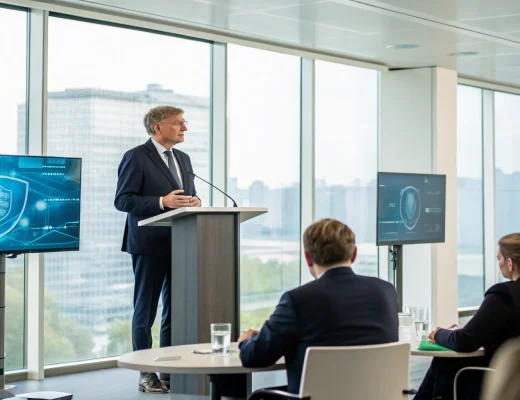Shares of Fermi surged in their market debut Wednesday, signaling strong investor demand for companies tied to artificial intelligence infrastructure. The developer, known for one of the world’s largest
AI data center campuses, entered trading as investors chased exposure to the hardware and facilities that power advanced models.
The rally adds fresh momentum to a market trend that has rewarded firms enabling AI growth. It also highlights a shift in focus from headline-grabbing software to the less visible, capital-heavy facilities that make those systems possible.
Shares of Fermi, the developer of one of the world’s largest AI data center campuses, soared on their first day of trading Wednesday in yet another sign of Wall Street’s appetite for all things AI.
AI Spending Pushes Infrastructure Front and Center
AI workloads require dense computing clusters, specialized chips, and vast electrical capacity. That has moved data center builders into the spotlight. Major cloud providers are racing to add space, power, and cooling, while enterprise buyers seek dedicated capacity for training and inference.
Developers face a tight supply of suitable sites, grid interconnections, and long lead times for equipment. Markets with available power and fiber are seeing rapid buildouts.
Land near substations and transmission lines has gained a premium.
Investors have gravitated to “picks-and-shovels” strategies. Power, cooling, networking gear, and physical facilities have drawn attention as
essential inputs to AI growth. Fermi’s debut taps into that thesis, pairing market enthusiasm with a tangible asset base.
What Fermi’s Debut Says About The Market
Fermi’s first-day surge suggests investors view large-scale AI campuses as scarce assets. These sites can support
high-density racks, liquid cooling, and high-voltage power feeds that older facilities struggle to handle. The ability to secure long-term power and construction talent can set developers apart.
Deal momentum also reflects confidence that AI workloads will keep expanding. The market expects steady demand from model training, fine-tuning, and rising inference needs. Organizations are moving from pilots to production deployments, which require reliable and repeatable capacity.
Yet the excitement carries trade-offs. These campuses require billions in capital, long build schedules, and strict operational discipline. Project timing, cost control, and contract quality matter as much as growth stories.
Power, Permitting, And Practical Constraints
Electricity is the gating factor. AI clusters can consume as much power as small towns. In many regions, utilities warn of multi-year waits for new connections. Developers are seeking options like on-site generation, storage, and long-term power contracts to manage risk.
Cooling is another challenge. High-density chips generate intense heat. Operators are expanding liquid cooling and heat reuse where practical. Water access and efficiency standards face scrutiny from local communities and regulators.
Permitting adds uncertainty. Local zoning, environmental reviews, and labor availability can delay schedules. Supply chains for transformers, switchgear, and backup generators remain tight, adding cost pressure.
Investor Takeaways And Risks
Fermi’s jump reflects a belief that infrastructure capacity will remain scarce. Long-dated customer contracts could support cash flow if tenants commit to multi-year terms. However, market cycles, interest rates, and technology shifts can change the picture quickly.
Key risks include cost overruns, delays, and tenant concentration. If chip efficiency improves faster than expected, some demand may moderate. On the other hand, new AI use cases could keep capacity tight for longer.
- Watch for power agreements and grid timelines at major campuses.
- Track pre-leasing levels and contract durations with large tenants.
- Monitor capital costs, including debt rates and equipment pricing.
- Follow policy moves on energy, water, and data center siting.
What Comes Next
Attention now turns to execution. Investors will look for updates on campus build phases, interconnection dates, and tenant commitments. Clear milestones can support confidence in delivery schedules.
The sector’s outlook depends on power availability and the pace of AI adoption. If utilities accelerate grid upgrades and developers secure reliable supply, growth could stay strong. If not, capacity constraints may cap expansion.
Fermi’s debut captures the current mood around AI infrastructure: strong demand paired with real-world limits. The next test will be turning first-day optimism into durable performance through disciplined building, dependable power, and stable tenant relationships.
For now, the market has cast a vote in favor of the builders. The longer-term verdict will hinge on costs, delivery, and whether AI workloads keep growing as fast as investors expect.







